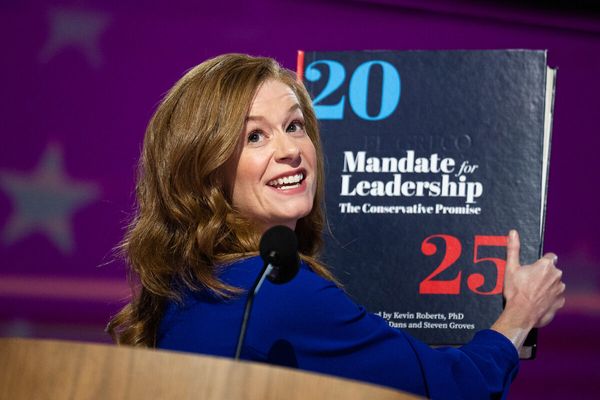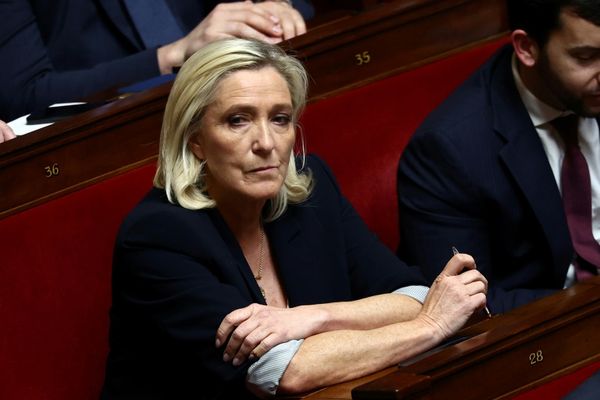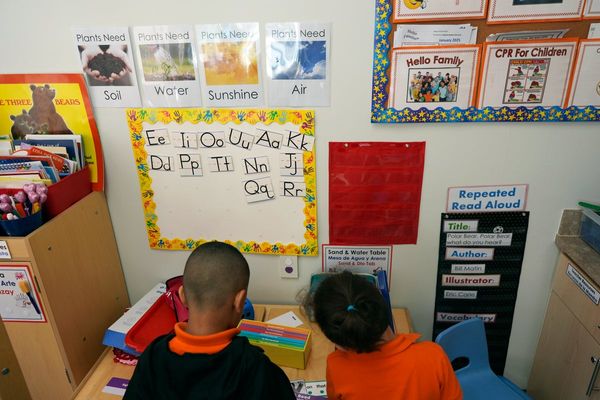
Thousands of voters participated in the state legislature election in New Delhi, where Prime Minister Narendra Modi's Bharatiya Janata Party (BJP) is challenging the ruling Aam Aadmi Party (AAP) led by Arvind Kejriwal. The AAP, known for its welfare policies and anti-corruption stance, has been in power in New Delhi for over a decade.
The AAP secured a landslide victory in the last two elections, winning 62 out of 70 seats in 2020 and 67 seats in 2015. The BJP, on the other hand, won only eight seats in the 2020 election and three seats in 2015. Both Modi and Kejriwal have been actively campaigning, promising improvements in government schools, free health services, electricity, and a monthly stipend for poor women.
The election has been closely watched, with more than 15 million eligible voters in New Delhi. Political commentators predict a tight contest between the AAP and the BJP, despite the AAP's dominance in recent elections.
Kejriwal and other AAP leaders have faced allegations of corruption, including a recent liquor license case that led to arrests. Kejriwal, who has positioned himself as an anti-corruption crusader, has denied the accusations, calling them part of a political conspiracy.












The BJP, which formed the government at the national level with coalition partners after last year's election, has been making efforts to regain lost ground. The recent federal budget, which reduced income taxes for the middle class, is seen as a move to appeal to key voting blocs.
Opposition parties have criticized the arrest of Kejriwal and other AAP leaders, accusing Modi's government of using federal agencies to target political opponents. Kejriwal founded the AAP in 2012, capitalizing on public anger over corruption scandals during the Congress party's rule.
In Delhi's political history, the AAP's victories in 2015 and 2020 marked significant shifts, with the BJP losing power in 1998 to the Congress party, which governed for 15 years. The ongoing election in New Delhi is expected to have far-reaching implications for the political landscape in the region.







